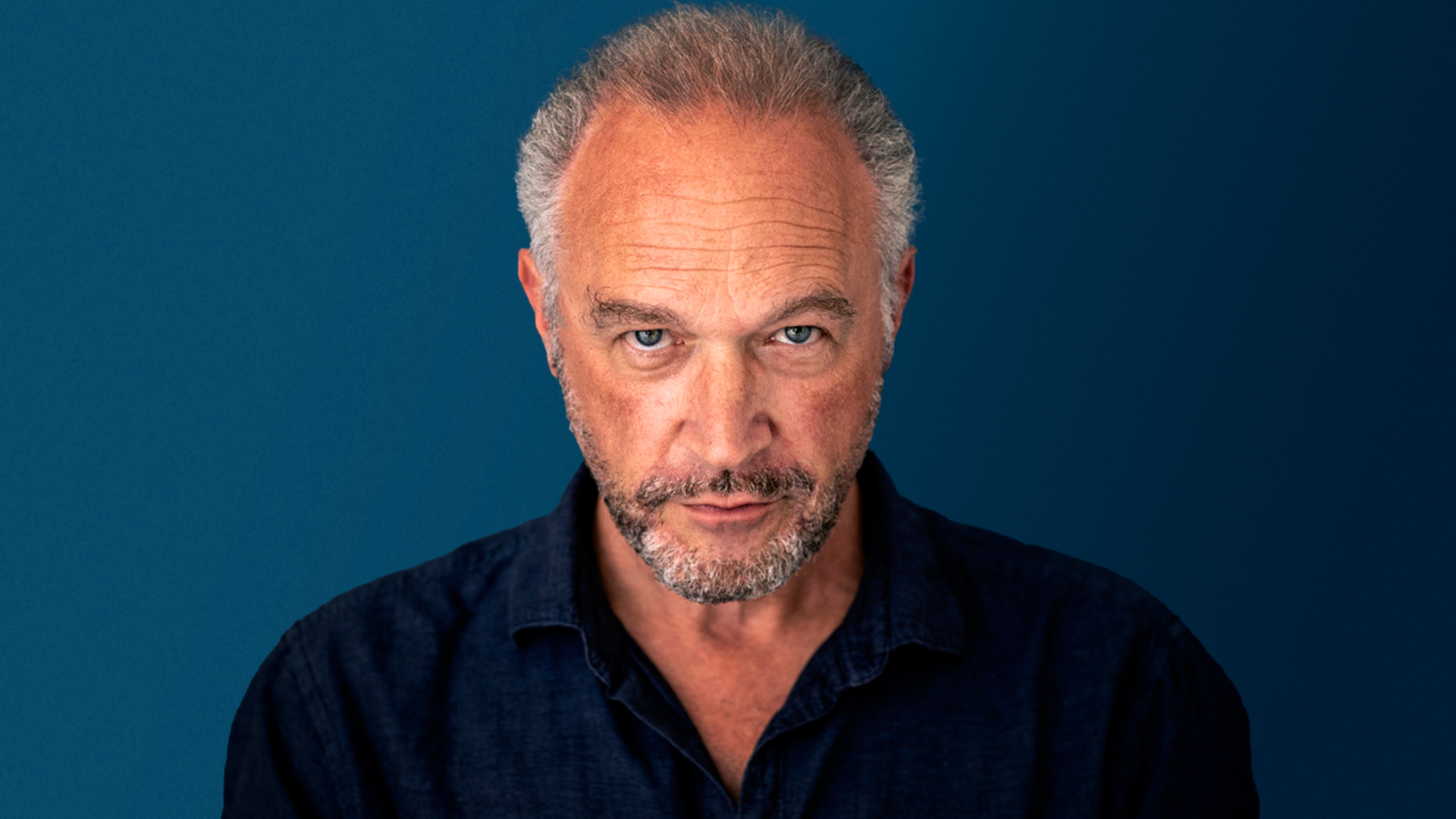MAX BRUCH
Violin Concerto No. 1 in G minor op. 26
WOLFGANG AMADEUS MOZART
Overture from Le nozze di Figaro K. 492
LUDWIG VAN BEETHOVEN
Symphony n. 7 in A major op. 92
Conductor and soloist
Kolja Blacher
Orchestra of the Opera Carlo Felice Genova
The overture to Le Nozze di Figaro is one of Mozart’s most frequently performed pieces in a stand-alone form, in comparison to the rest of the opera of which it is the opening. This independence is probably ascribable to the completeness of the overture itself and to a very well-defined character of bursting vivacity. It has no thematic connection with the rest of the work but serves to connote its spirit. After all, the original title of Beaumarchais’ work that inspired Mozart and Da Ponte is still La Folle Journée, ou le Nozze di Figaro.
Of Max Bruch (1838-1920), musicologist Sergio Martinotti has written: ‘Excluding the great figures of Wagner and Brahms, Bruch was the most typical composer of the Germanic second half of the 19th century […] who succeeded in securing the stability of the repertoire with one of his compositions: the Concerto in G min. for violin and orchestra’. The permanence of this composition in the violin repertoire is due to its fluent discursiveness supported by skilful violin writing, extrovert orchestration and aided by originality in the way the musical form is treated. The first movement of the concerto has the characteristic of not respecting the traditional sonata form but is distinguished by the use of a free Prelude structure. The second movement, the intimate and expressive Adagio, is the heart of the concerto and, moreover, gives an account of Bruch’s ability to elaborate and develop a felicitous melodic idea. The last movement (Allegro energico) has a Gypsy setting, probably a tribute by the composer to the concert’s illustrious dedicatee: the great violinist of Magyar origin, Joseph Joachim.
The Seventh Symphony was written by Beethoven between the autumn of 1811 and June 1812 and its first performance took place on 8 December 1813 in the hall of the University of Vienna, during a concert in aid of soldiers wounded in the Battle of Hanau. The performance was an absolute triumph and consecrated Beethoven as the most important living composer, as reported in the account of the evening by Ludwig Spohr, who along with the other composers Johann Nepomuk Hummel and Giacomo Meyerbeer, actively participated in the performance by playing in the orchestra. It is a composition from which a great joy emanates, an unconditional happiness perhaps attributable to the fact that Beethoven at that time had overcome the existential crisis linked to his deafness. As a technical compositional element of the Seventh Symphony, it is worth emphasising that in it rhythm becomes a true germinating principle. Throughout the composition, as far as rhythmic elements are concerned, Beethoven insists on them in an unusual manner with an effectiveness and intensity not found in his previous creations. Hector Berlioz wrote about this masterpiece of the symphonic repertoire as follows: ‘It is the miracle of modern music, in which genius and art lavish the most powerful effects of melody, harmony and orchestration’. Richard Wagner’s opinion also became famous: ‘This symphony is the apotheosis of dance in itself: it is dance in its higher essence, the happy action of body movements embodied in music’.
Francesco Ottonello
